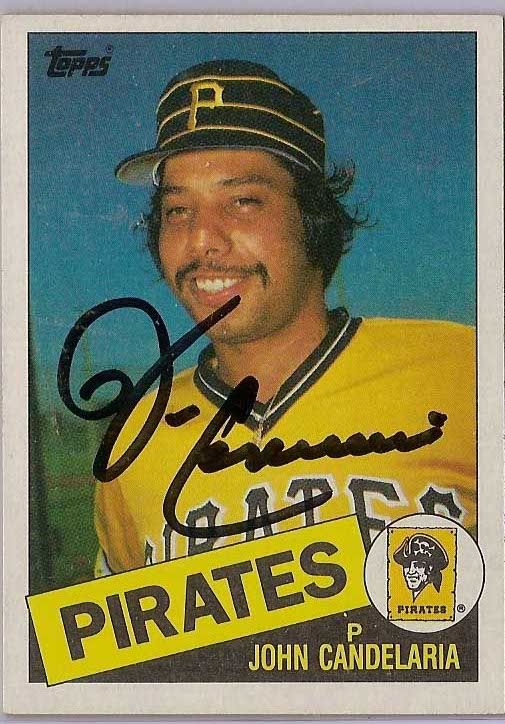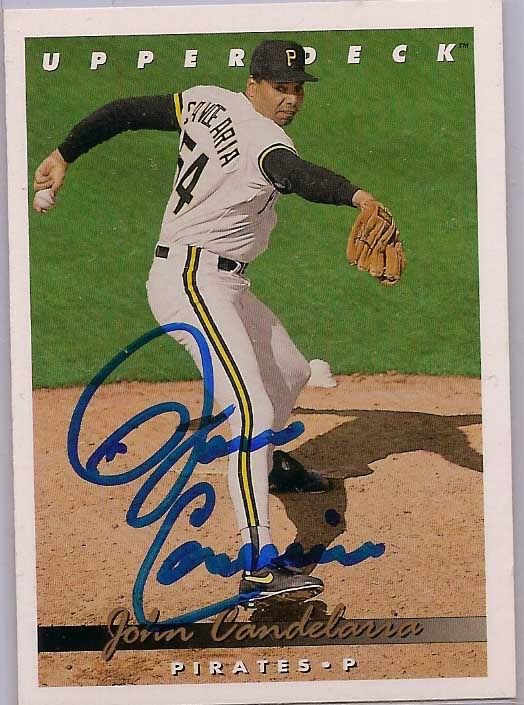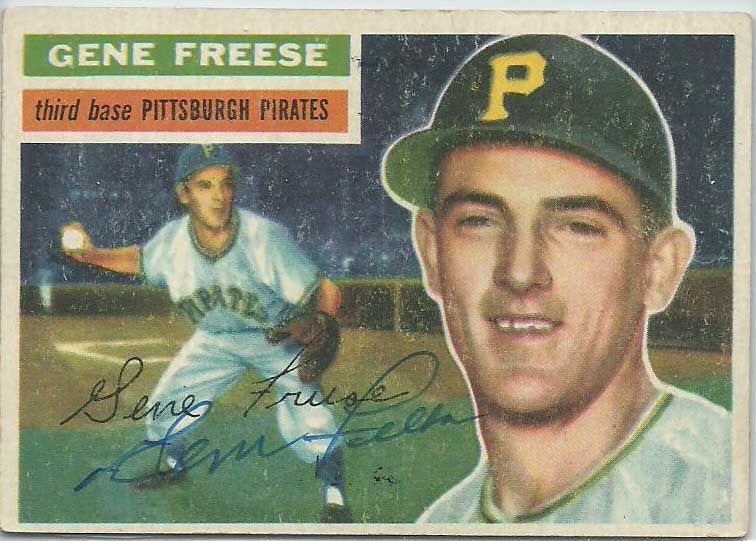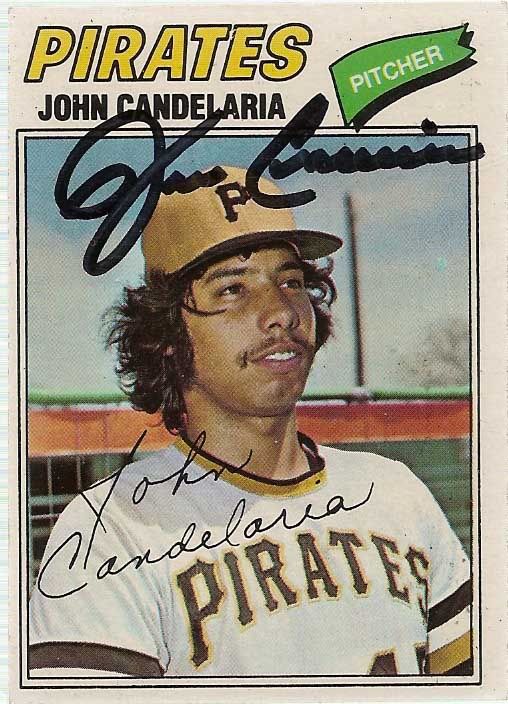The next best thing, to me, is a player who comes full circle, returning to a team in the twilight of his career. Something about seeing a player back in a familiar uniform (or in some cases an unfamiliar one after a jersey redesign) gives some closure to a game that often offers us anything but.
Gene Freese reached the Pirates the majors with the Pirates at age 21. A product of nearby Wheeling, WV, got semi-regular work for the Pirates at 2B and 3B between '55 and '58. Freese would go on to have his best seasons from 1959-61, playing for a different team in each season.
 In 1964 and '65, he would once again find himself back in the Steel City, but a sharp decline in his numbers from his peak years just prior limited his playing time, and a mideseason trade in 1965 sent him off to the White Sox.
In 1964 and '65, he would once again find himself back in the Steel City, but a sharp decline in his numbers from his peak years just prior limited his playing time, and a mideseason trade in 1965 sent him off to the White Sox.Between Freese's debut and his second go-round with the club, quite a lot changed for the Bucs. Freese came up in the height of the Pirates down years, picking up playing time on a team struggling to find its direction and/or win games. By the time he returned, the team fielded a much stronger club featuring three future Hall of Famers.
John Candelaria was the anchor of the Pirates rotation from the mid '70's through mid '80's, and perhaps one of the franchise's greatest pitchers. The Candy Man was a fan favorite who spent a decade in Pittsburgh, including a strong season for the 1979 World Champs.

 In August of '85, a Pirate team desperate for talent shipped the Candy Man to the California Angels in exchange for a trio of players led by then-starter Bob Kipper. Kipper bombed as a starter, but would find success as a reliever for the Bucs through the early 90's.
In August of '85, a Pirate team desperate for talent shipped the Candy Man to the California Angels in exchange for a trio of players led by then-starter Bob Kipper. Kipper bombed as a starter, but would find success as a reliever for the Bucs through the early 90's.Candelaria would pitch as a starter for the Angels and Mets through the '89 season. At age 35, he shifted to a bullpen role on a stretch of one year runs with a number of teams.
After the '92 season Candy hit the free agent market, signing a one year deal with the Pirates for the 1993 season to give some veteran leadership to a club that had just been gutted of superstars Barry Bonds and Doug Drabek due to free agency. There didn't seem to be any magic left in the Candy Man, who pitched to an 0-3, 8.24 line in 24 appearances before being released on July 9.
Things seemingly had come full circle for the team as well. When Candelaria left in 1985, the team would be on their way to a 57-104 record in the middle of the Pittsburgh Drug Trials. Manager Chuck Tanner would be replaced by Jim Leyland for the 1986 season, and the Pirates would scrape their way back to respectability throughout the rest of the '80's.
By the time Candy reappeared in '93, the team was coming off of two straight heartbreaking NLCS appearances. But 1993's team, managed by the now iconic Leyland, would be headed towards an unprecedented losing streak the end of which has yet to be seen.
Additionally, the Pirates had gone through a pretty significant jersey change. Gone were the mix-and-match pullovers of 1979, replaced by a more basic white/gray rotation.
The evolution of his career, from '75-85, and returning in 1993, marks the ebb and flow of a club who reached the highest of highs (at times a bit too literally in the mid 80's) and the lowest of lows. In '75, the Pirates were a talented team looking for direction just two seasons after the loss of franchise icon Roberto Clemente. The would find that leader in Pops, and would again be left rudderless by the mid 80's.
After a resurgence in the early 90's, Candy would return to a team lacking any real direction and stripped of its most talented players. But at least by then he had ditched the creepy mustache. Because when your team is this bad, it's the little things that bring you comfort.


No comments:
Post a Comment